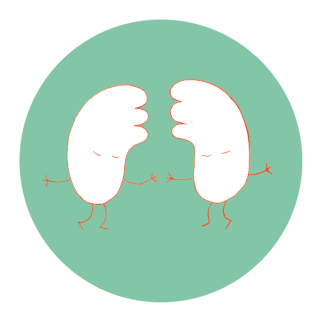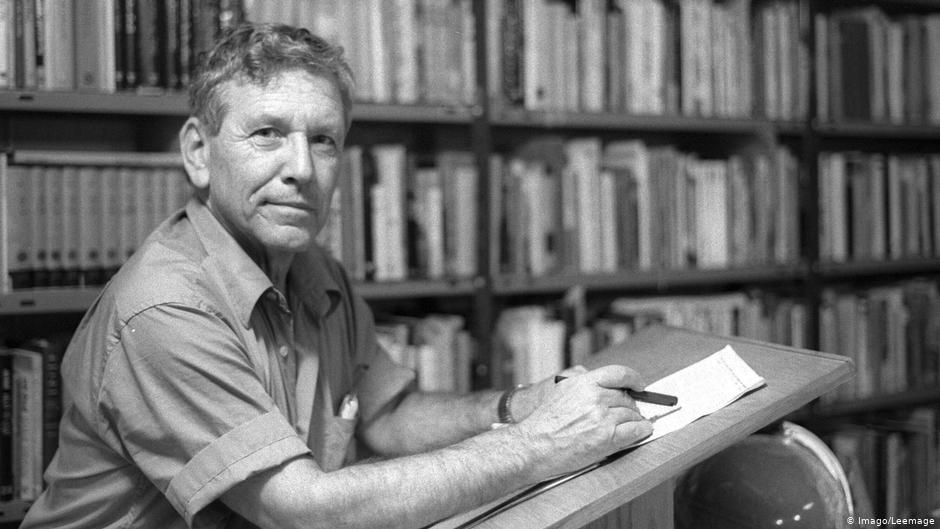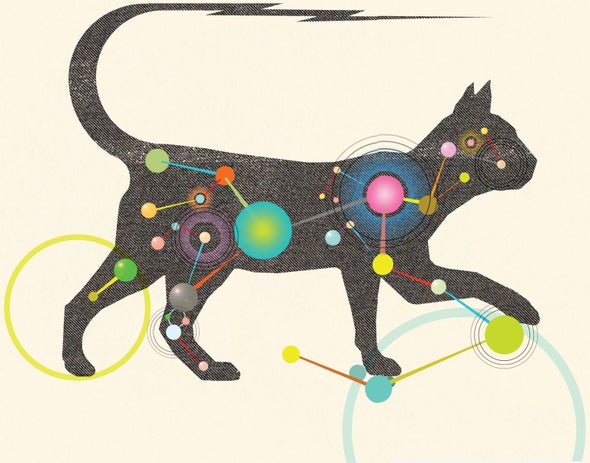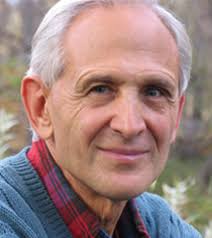A breath token is a breathing exploration that I develop for friends & clients and send out as a gift.
In 2020 the breath tokens are about connecting breath and sound.
The art of humming
I’ve been revisiting Ways to Better Breathing, a book about the work of breath teacher Carola Spitz (in the US Carola Speads) and was struck by her precise guidance to humming.
Even though humming is perhaps the simplest kind of sounding one can do, there are, according to Carola Spitz, several aspects to consider:
“begin after a natural inhale, not a forced inhale
make the hum steady and pleasant
sense where the resonance of the hum is in the body
neither press to extend the hum or cut it off before it comes to its natural conclusion
after the hum sense the effect on the quality of the subsequent breaths
let the reactions of the breath happen without interfering”
Read More








